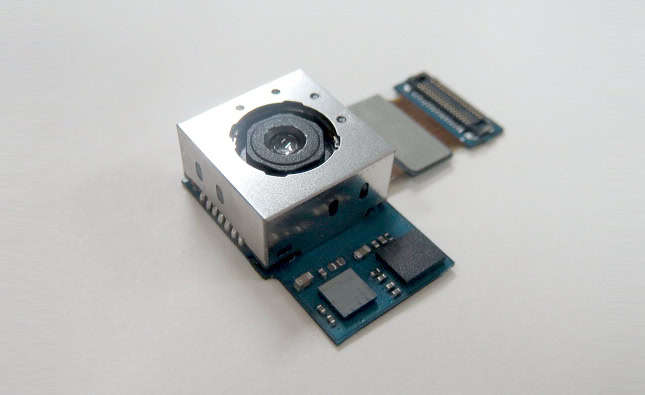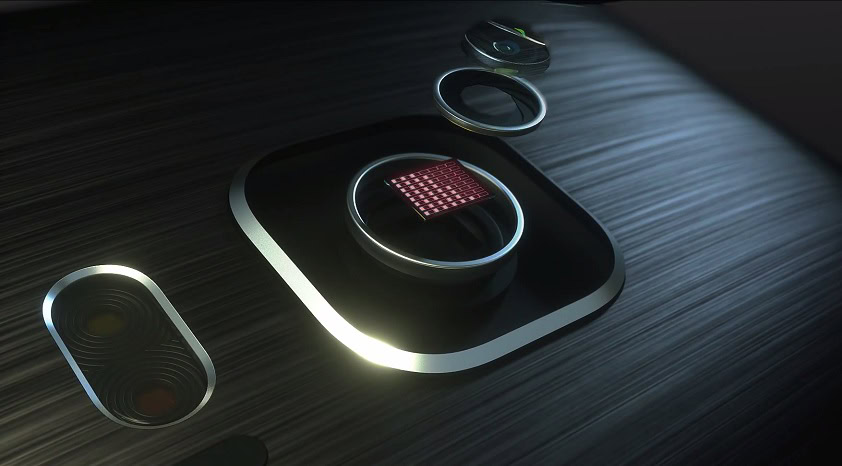Affiliate links on Android Authority may earn us a commission. Learn more.
Samsung’s latest camera sensor is thinner, without compromising quality

The camera on the Galaxy Note 5, coming August 13, might protrude a tiny bit less thanks to the use of Samsung’s new 1-micron sensor.
Samsung announced today the availability of a new 16MP camera sensor for smartphones, featuring 1-micron pixels. Dubbed S5K3P3, the new sensor uses ISOCELL technology, which physically separates neighboring pixels, reducing unwanted crosstalk by 30 percent and increasing the chief ray angle by 20 percent. In plain English, that means ISOCELL sensors can capture colors that are more accurate, with less noise, even when the light in the scene is less than ideal.

The new sensor’s 1-micron pixels are roughly 10 percent smaller than the previous step (1.12-micron), but the sensor itself is 20 percent thinner than its predecessor. At less than 5 millimeter in thickness, using the sensor could mean that upcoming smartphones can be thinner or feature camera’s that protrude less from the body.
Normally, smaller pixels result in worse images, simply because a small pixel can capture less light from the scene. But Samsung claims that S5K3P3 performs just as well as the previous generation.
On the highly praised Galaxy S6 camera, Samsung used both its own ISOCELL sensor and the MX240 from Sony (the image quality was largely the same though). It’s very likely that the sensor announced today will find its way in the Galaxy Note 5, either in all units or shared with a Sony sensor.
The S5K3P3 is available to manufacturers from today.

Samsung is one of the largest makers of camera sensors, in addition to systems-on-a-chip, RAM and storage modules, and many other semiconductors. However, Sony leads the industry: its Exmor sensors are found in many high-end devices from everyone from Apple to Samsung, to a smattering of Chinese companies, though ironically, Sony’s own devices don’t necessarily use the best Sony sensors on the market.
We will find out if your hunch about the camera sensor in the Galaxy Note 5 is correct on August 13. The Korean giant will hold its Unpacked 2015 event in New York, and we will be there to report on it.